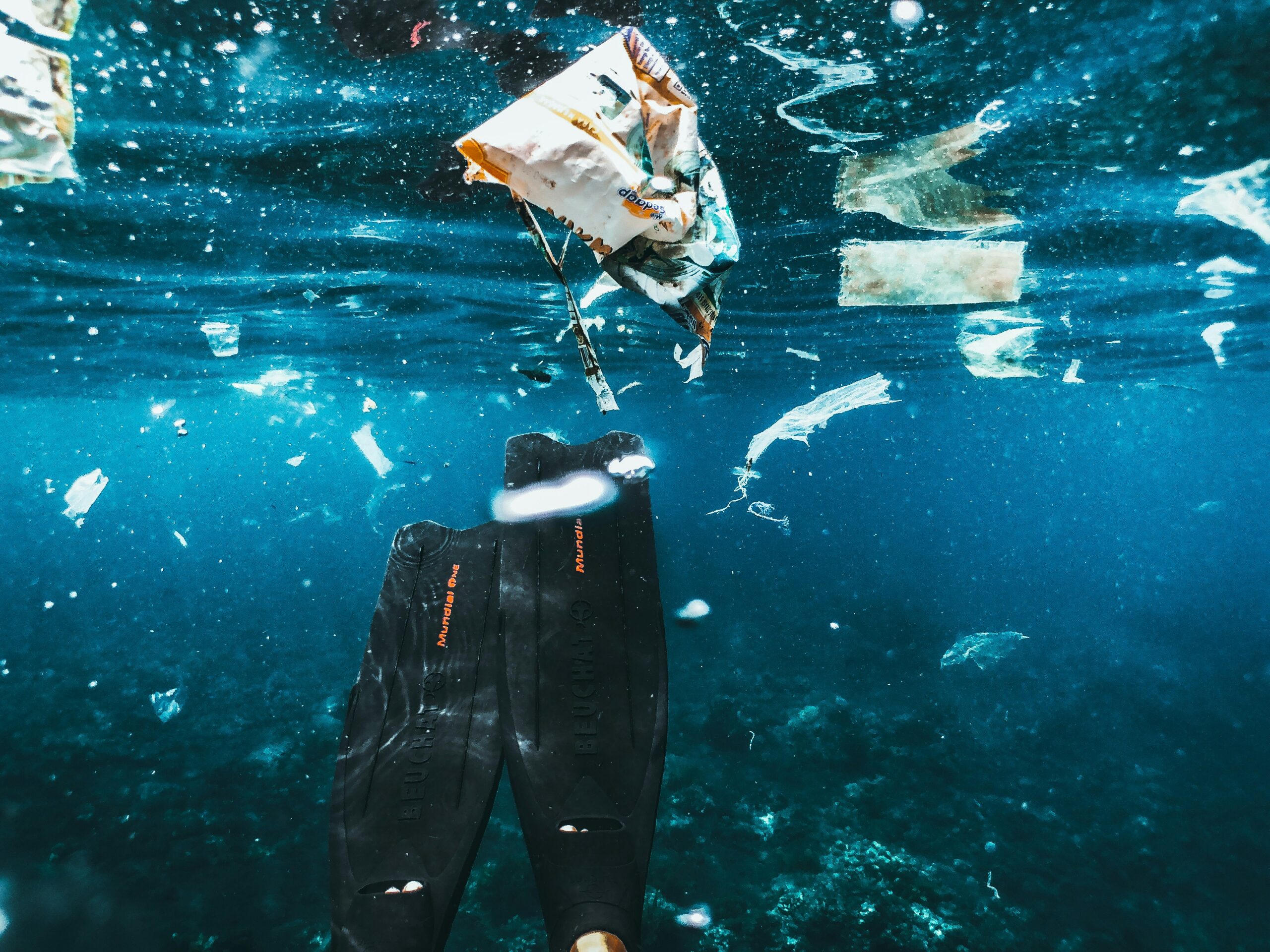Photo by Naja Bertolt Jensen
Plastic pollution in the ocean could remain on the water’s surface for more than a century, even if no more floating plastic was dumped in the ocean, according to new research from scientists at HR Wallingford and Queen Mary University of London.
The study, published in Philosophical Transactions of the Royal Society A, created a model to simulate the breakdown of plastic and how long it takes to end up in the deep sea. The research reveals that even if all plastic inputs into the ocean were stopped immediately, fragments of buoyant plastic debris would continue to pollute the ocean surface and release microplastics for more than a century.
The ‘missing plastic’ problem explained
Lead author Dr Nan Wu explained: “People often assume that plastic in the ocean just sinks or disappears. But our model shows that most large, buoyant plastics degrade very slowly at the surface, fragmenting into smaller pieces over decades. These tiny fragments can then hitch a ride with marine snow to reach the ocean floor, but that process takes time. Even after 100 years, about 10 percent of the original plastic can still be found at the surface.”
The findings help explain the persistent mismatch between the amount of buoyant plastic entering the ocean and the relatively small amounts observed at the surface—often referred to as the “missing plastic” problem.
Prof Andrew Manning, technical director at HR Wallingford, said: “This study helps explain why so much of the plastic we expect to find at the ocean surface is missing.” As large plastics fragment over decades, they become “small enough to attach” to marine snow—tiny organic particles that sink to the ocean floor.
“But that transformation takes decades,” he continued. “Even after a hundred years, fragments are still floating and breaking down. To tackle the problem properly, we need long-term thinking that goes beyond just cleaning the surface.”
An intergenerational challenge
Prof Kate Spencer, co-author from Queen Mary University of London, emphasised the scale of the challenge: “This is part of our wider research that shows how important fine and sticky suspended sediments are for controlling microplastic fate and transport. It also tells us that microplastic pollution is an intergenerational problem and our grandchildren will still be trying to clean up our oceans even if we stop plastic pollution tomorrow.”
The study warns that the ocean’s biological pump—the natural conveyor belt for carbon and particles—may become overwhelmed as plastic production increases. If microplastic concentrations continue to rise, there is a risk they could interfere with ocean biogeochemical cycles.
Those behind the study said the research offered “critical insights” into “the challenges of removing plastic from marine environments”. The work was funded by the Lloyd’s Register Foundation and supported by Queen Mary University of London, HR Wallingford Ltd, and the EU INTERREG Preventing Plastic Pollution project.
